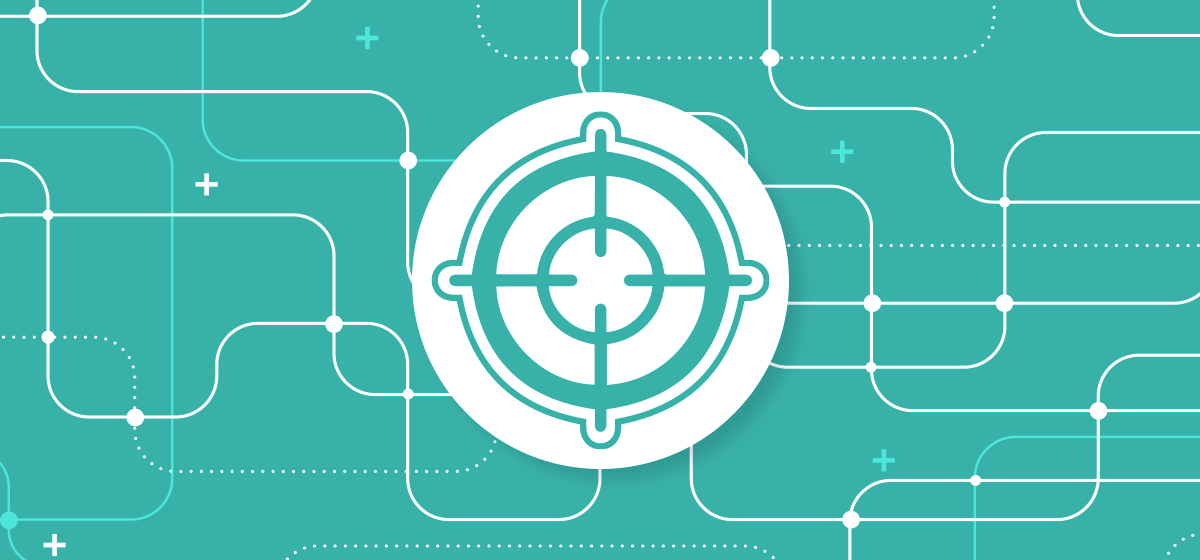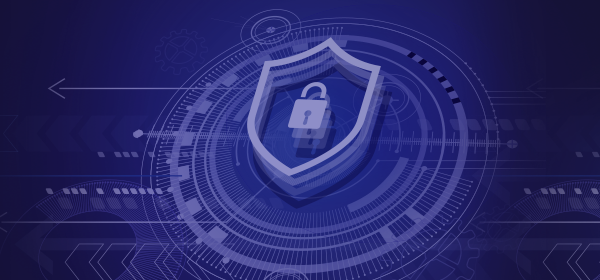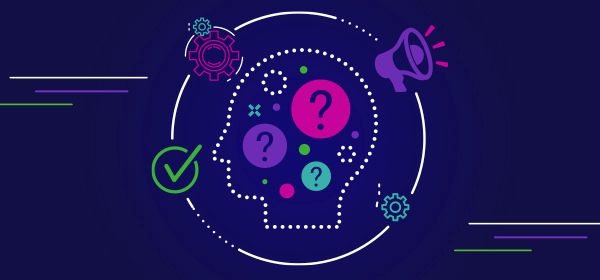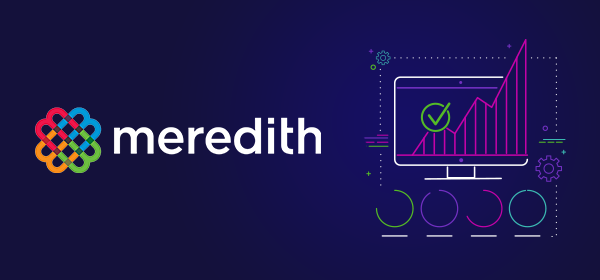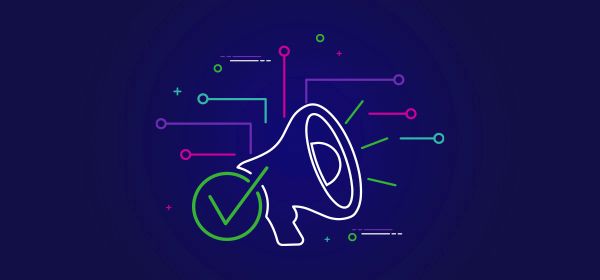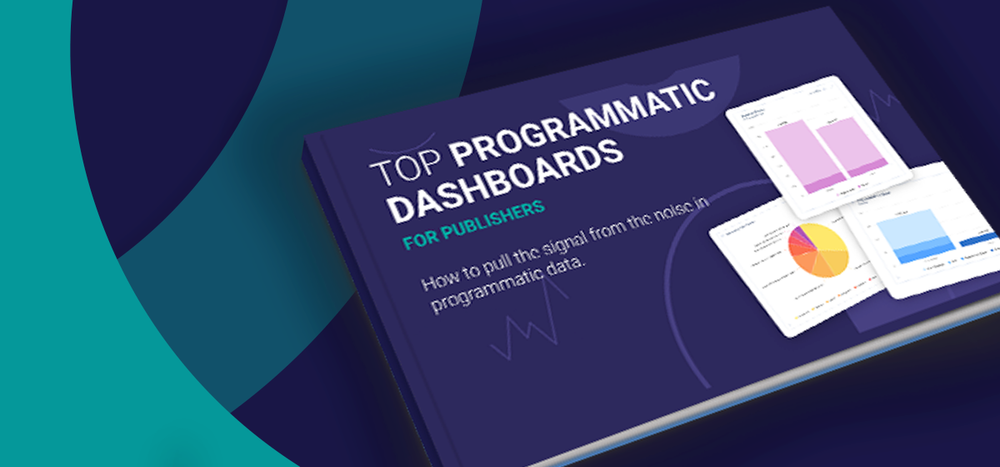When you think of immersive consumer experiences, VR might be the first thing that comes to mind, but audio swings a much bigger bat and is positioned to be a driving force in the digital ad industry. 189 million Americans, or 67% of the population, listen to online audio regularly. This translates to over 16 hours a week spent listening on average, according to The Infinite Dial 2019 survey.
Listeners actively tune-in to a content channel of their choosing to experience a complete “theater of the mind.” Ads are largely unskippable and listeners are only exposed to one audio message at a time. The emotional connection listeners have with sound stands out in contrast to the cluttered visual world we experience in life and online.
When it comes to audio advertising growth, the dollars tell the story—the IAB reports that in the first half of 2018 alone digital audio advertising revenue grew 30.6% year-over-year! Complete 2018 numbers haven’t been released yet, but this growth rate puts digital audio on track to account for around $2 Billion in 2018.
Audio covers a number of distinctly separate formats: terrestrial radio, digital audio, podcasts, and audiobooks; and each has reached different levels of maturation. In this post, we will focus on digital audio—the format most ripe for digital advertising growth (podcasts are a close second and will be covered in another post). Terrestrial radio has shown healthy amount of programmatic evolution but advertising spend has leveled year-over-year. Audiobooks are largely left out, as the medium has yet to be mined for advertising opportunities.
Monetization opportunities for publishers continue to proliferate in this space with the adoption of programmatic transactions and the development of measurement and viewability technologies. It’s important for ad industry insiders to understand the underlying dynamics behind digital audio’s evolution and to identify key challenges facing industry-wide adoption of programmatic-sold audio. In this article, we’ll examine factors motivating the growth of digital audio and identify actions you can take to fully realize the revenue opportunities of digital audio.
Music to Advertiser’s Ears
It’s hard to deny the ubiquity of streaming digital audio. The 2018 Nielsen Music Mid-Year Report found that on-demand song streaming was up 45% from the previous year, representing over 268 billion song streams across various listening platforms.
This user growth has been matched by advertiser interest. A deeper dive into streaming audio data suggests that listeners represent a large portion of key market demographics. The Infinite Dial 2019 survey revealed a strikingly valuable demographic composition:
- 74% of adults aged 25-54 report listening to online audio monthly.
- 91% of 12-24 year olds report listening to online audio monthly.
The survey found that in total, Americans spend an average weekly time of 16 hours and 43 minutes listening to online audio. That listening occurs on mobile 77% of the time, in addition to desktop platforms and (increasingly) on smart speakers—providing advertisers incredible effective mobile reach.
In addition to the broad listenership that digital audio boasts, there are multiple other benefits for advertisers to reap from audio ads. Brand safety remains a top concern among digital media buyers, and they are always on the lookout for new strategies and tactics that can help them control the context and positioning of their ads. An IAB white paper from 2018 identifies audio advertising as one of the most brand safe options to run ad inventory.
Digital audio is a user-driven experience, where active consumer interaction with the media creates an immediate baseline of listener engagement. This baseline, coupled with the ability for advertisers to choose content channels and context for their inventory, helps assure a positive listening environment and naturally increases reception to brand messaging. Furthermore, because audio ads are mostly unskippable and ads play whether the screen is on or off, ads are more likely to reach their intended audience.
Music to Publisher’s Ears
On the publishing side, the technology used to serve digital audio ads provides a key benefit. Most publishers utilize server-side ad insertion to deliver their inventory, which inserts ads directly into the audio stream. Additionally, the majority of content is delivered in-app on mobile, an environment that sees less than 2% bot activity (IAB Brand Safety Digital Audio, 2018). Besides being an effective way for streaming providers to monetize content, this delivery system makes it easier for publishers to detect and filter invalid traffic.
Additionally, for both SSPs and DSPs, the acceleration of programmatic trading within the medium can also be considered a brand safety advantage. The very nature of automated trading lends itself to transparency throughout the supply chain (as long as demand partners comply) and gives advertisers more direct control of targeting, reporting, and data protection. As the programmatic demand grows, brand safety measures will follow.
The Shift to Programmatic
The increasing saturation of digital audio listening and assurances as to the safety and transparency of ad inventory has given rise to a growing marketplace for digital audio ads. Until recently, most digital audio ad inventories were either sold directly or traded through ad networks that aggregated ad space from different publishers. But like the rest of the digital ad industry, digital audio has also seen pivot to programmatic buying and selling.
In 2014, the very first digital audio ad inventory was sold programmatically on iHeartRadio’s PMP, powered by AdsWizz. Spotify followed suite in 2016, partnering with AppNexus, The Trade Desk and Rubicon Project to help bring audio ads to its global audience of over 170 million unique listeners. In 2018, Pandora completed its acquisition of AdsWizz and made its inventory available to programmatic buyers while around the same time DoubleClick Bid Manager opened up its digital audio ad buying capacity to a global market, solidifying digital audio advertising’s place in mainstream media plans.
In terms of programmatic application, there are two main approaches. One is the automation of direct I/Os through programmatic technology, also referred to as programmatic guaranteed (under the programmatic direct umbrella). This deal type makes the I/O process easier to execute and requires less manual effort for both the brand and publisher.
The other method is more akin to programmatic-sold display and allows buyers to leverage more data in campaign execution. In this case, publishers open their inventory to a programmatic auction, usually through preferred deals or private marketplaces (PMPs), to allow advertisers to overlay first or third party data in their campaigns.
The nature of audio consumption has inspired some interesting programmatic executions. For instance, McDonald’s may tie a campaign to a point of sale where a different ad is shown to a consumer each time they pass a restaurant’s location. Or Starbucks may want to drive an action on a mobile device without forcing the user to switch out of the application—AdsWizz was able to build a product that allows a listener to shake their phone to trigger the call to action.
Responding to Challenges Facing Digital Audio Advertising
It’s easy to see why advertisers and publishers are eager to pioneer this new frontier for programmatic transactions. Yet, the fact remains that audio advertising has been slow to catch on. A 2017 study by the Association of National Advertisers found that only 13% of respondents buy ads programmatically. So why is it that with such potential for growth and profit the ad industry has been hesitant to embrace digital audio?
There is a multi-pronged issue currently facing widespread adoption of digital audio advertising: the inability to track and report on audio ad performance. The fact is that much of the technology underpinning digital ad buying was made for display ads. Many of the industry’s most popular ad servers and exchanges simply aren’t compatible with an audio format—meaning that streaming platforms have been left to build the majority of their ad tech themselves.
This has left standardization gaps between the two primary templates for delivering programmatic audio ads: DAAST (Digital Audio Ad Serving Template), and VAST (Video Ad Serving Template). Until late 2018, there was not an agreed upon standard template for executing audio creative. While the IAB has made it clear with the release VAST 4.1 that it is now the preferred standard of the industry, some publishers and providers still abide by the old DAAST standard.
A challenge that arises concurrently to the standardization issue is the addition of another variable to the already overwhelming task of managing multi-channel marketing. Ad ops teams are expected to orchestrate campaigns that cover dozens of channels and devices, with each new consideration adding extra effort to the process. Pulling together cohesive reporting with accurate data from each different platform they work with and then attempting to stitch all these data sets together can prove extremely difficult—particularly when standards differ between ads.
While trade groups, like the IAB, invent and implement better, more measurable standards, the industry has responded by developing new and exciting programmatic tools, such as Ad-Juster’s ProgrammaticIQ. These types of innovative reporting solutions can dynamically shift industry and client expectations and ease the adoption of digital audio by serving as the hub that not only pulls in data from different sources, but also adjusts and normalizes rules, formulas, naming, and definitions across all data sources so a publisher only needs to look at one unified holistic data set for an accurate apples-to-apples analysis.
Digital Audio Action Plan
Throughout this article we’ve looked at some of the driving forces behind the expansion of digital audio advertising, explored the challenges facing the industry, and examined the reasons to improve your audio content monetization—from steady industry growth, to interest from brands, to the improved functionality of programmatic trading. Now it’s time for you to make an action plan to include digital audio ads in your own inventory.
As a publisher, you have the closest relationship with your readers and listeners. What is unique about your audience? For example, SoundCloud is incredibly proud of their massive Gen Z audience.
How can your audience be packaged and segmented in a unique way that appeals to brands? Pandora has 2,000 separate proprietary audience segments that brands can target.
Are you able to offer video and display companion ads? How can you increase revenue with a new ad mix or placement?
As tracking, targeting, and measurement of programmatic audio improves to match that of digital display, brands will be interested in shifting dollars to audio for its mobile reach and the unique ad experience delivered to listeners. But, brands will also expect the same level of service and granularity they’ve enjoyed with programmatic display. Consider how to develop products and technologies that support audio in the same way you have for display. This may come in the form of new cost per action tracking and/or the ability to overlay unique 3rd party data to campaigns—in this respect, the options are only limited by the industry’s imagination.
Closely related to developing new tech to service client needs is the adoption of standards and formats to keep everyone speaking the same language. It behooves publishers and advertisers to push technology and demand partners to adhere to industry standards so that brands will feel more comfortable spending large amounts, confident that they have the data, scale, and transparency to prove ROI.
The next question is where to offer your inventory? With industry consolidation, your SSP, audio ad server, and exchange options may come from your competitors. Reinventing the wheel internally is expensive and the entire ecosystem benefits when audio markets have full publisher participation, but you’ll want to make sure the partner is fully transparent about technology and auction mechanics. Adopting industry standards is a key way technology and demand partners can show they’re acting in good faith and are deserving of your inventory.
Have you considered changing your organizational structure? If you have a sales team, are they siloed from the programmatic team?
A big reason that brands will choose to incorporate more audio into their campaign buys is the ability to track and measure across multiple channels. If buyers must go to multiple places to find desired inventory and audiences or work with multiple points of contact at a publisher to execute a buy, they will be less interested adding audio to what they are already comfortable with. Training your sales team to sell via any method will make buyers more comfortable and interested in adding your audio inventory to their campaigns.
Reporting will be a key consideration throughout, especially as the audio market is still sorting itself out. With audio ads, understanding the dimensions and metrics available from each partner or platform will be important. Industry-wide standards have yet to be adopted, meaning that you may need to perform custom calculations and formulas while aggregating data sets from different sources to translate your reports into an apples-to-apples comparison.
In addition, as tracking and measurement products are developed, data from those 4th parties will also need to be translated and ingested into your reports. Brands may want to integrate unique CTAs into their campaigns and prefer simple execution and reporting of omni-channel campaigns. We can also expect to see existing APIs change (like they do) and more APIs offered down the road—further making the case for a robust reporting solution that can support your evolving audio efforts without draining internal resources.
Of course, we are always happy to help you find the right data and analytics solutions for your business. If you have any questions or want to discuss audio data as it relates to your operations, we'd love to hear from you. Contact us today!

